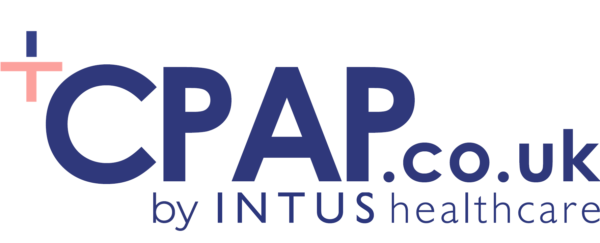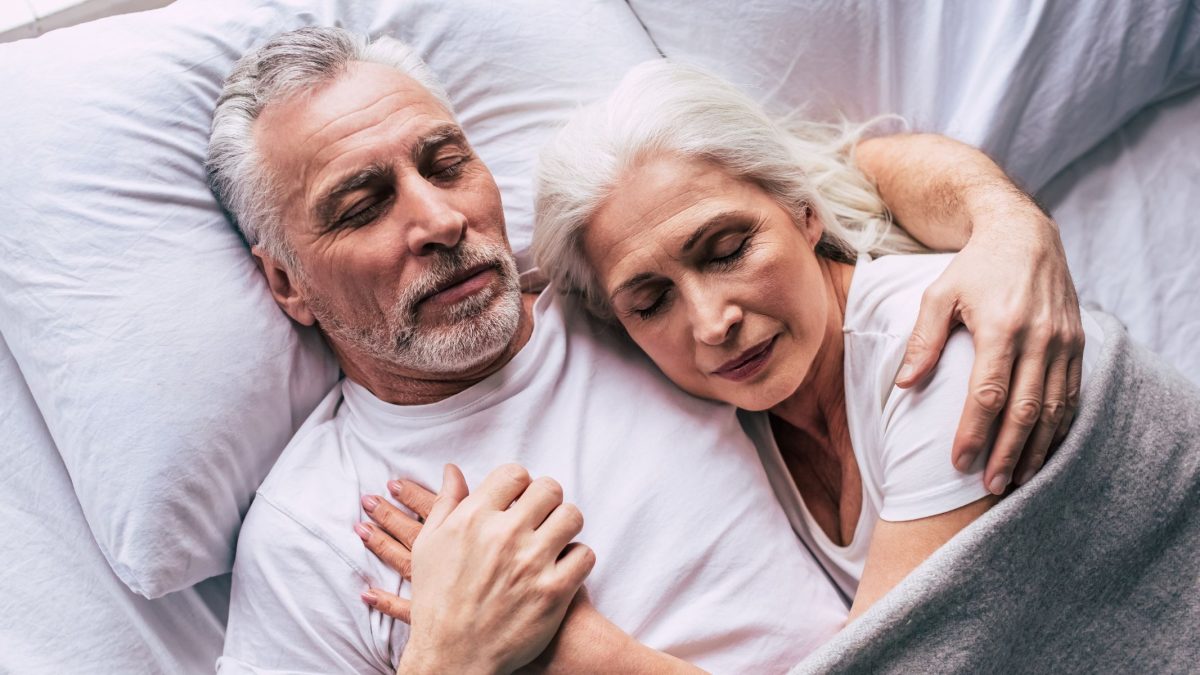Last updated on March 21st, 2024 at 01:08 pm
Obstructive Sleep Apnoea (OSA) is a condition that affects millions of individuals around the world. OSA is when your airway becomes blocked during sleep, making breathing difficult. The breathing pauses can happen up to 30 times per hour every night.
CPAP therapy (continuous positive airway pressure) is a common and effective treatment for OSA. However, depending on the severity of your condition, you could use an alternative treatment. Treatment is essential as it can lead to complications when left untreated, including Type 2 diabetes, Heart disease, and Atrial Fibrillation.
Sleep Apnoea Treatment without CPAP
Mouthguards and Oral Appliance Therapy
An alternative to CPAP is an oral appliance known as a Mandibular Advancement Device. Also known as MADSs, they are a proven solution for snoring and mild to moderate Sleep Apnoea. These custom-fit mouthguards are comfortable and discreet, designed to keep your airway open by gently repositioning your lower jaw during sleep. By preventing the throat’s soft tissues from collapsing, MADs offer relief from disruptive snoring and improve breathing, allowing for more restful sleep. The main intention is to cause your airway to expand, providing your body with more oxygen. This is a helpful method when camping, travelling or when you’re away from mains power.
Please note: These appliances are suitable for those with milder forms of Sleep Apnoea.
Oniris Mandibular Advancement Device
Mandibular Advancement Devices are cost-effective options if you cannot afford a CPAP.
The Oniris Clinically Proven Mandibular Advancement Device is a simple alternative.
These devices can last for several years at a time if cared for properly.

Positional Therapy
Sleeping on your back can worsen the effects of Sleep Apnoea due to the impact of gravity on the airway. Positional therapy encourages users to sleep on their side and keep their airways open.
Somnibel Positional Sleep Therapy Trainer
Somnibel Positional Sleep Therapy Trainer is a small device that sits on your forehead while you sleep. The device lightly vibrates when you roll onto your back to encourage you to turn back onto your side.
You may also find other forms of positional therapy that can be attached to your waist. Positional Therapy can significantly enhance your sleep quality and overall well-being. Say goodbye to restless nights and hello to peaceful, uninterrupted sleep.

As mentioned above, many alternative options are also great for those who snore and do not have OSA. Our website offers a selection of anti-snoring devices.
Sleep Apnoea Surgery
Surgery is often considered a last resort if all the alternatives fail to produce satisfactory results. However, it is critical to mention that surgery is not always successful and that you will likely suffer from significant discomfort following any procedure.
Uvulopalatopharyngoplasty
One of the most common methods is a technique known as uvulopalatopharyngoplasty (UPPP). The procedure involves widening your airway by removing tissues like the soft palate and your tonsils.
This is a complicated process, and as with any surgery, there are certain risk factors, such as infections, once it has been completed. It can also be extremely difficult to swallow. That is why the NHS does not frequently recommend surgery. If you consider this option, it is encouraged to speak with a trained professional, as you should always be aware of the associated risks.
Natural Alternatives to CPAP
Quitting smoking and consuming less alcohol
Lifestyle changes that can improve your health and make sleeping more comfortable:
Both nicotine and alcohol disrupt your sleep cycle.
The nicotine from smoking causes swelling and inflammation in your airway, which can worsen your Sleep Apnoea. Those who smoke are three times more likely to develop Sleep Apnoea than those who don’t smoke. Studies have found those who smoke have a higher Apnoea Hypopnoea Index (AHI) than those who do not (1).
Alcohol relaxes your throat muscles, leading to snoring. Alcohol inflames your airways, making breathing difficult while you sleep – causing apnoeas (breathing pauses). Reduce alcohol consumption before you sleep to see benefits.
Can vaping cause Sleep Apnoea?
Yes, like cigarettes, vapes also deliver nicotine to the body. Therefore, you’re still at risk of Sleep Apnoea if you use an e-cigarette.
Exercise and weight loss
Sleep Apnoea is most common in those overweight, as excess weight increases the fat around your neck, putting more pressure on your airways.
Lowering body mass index (BMI) is recommended for overweight people with OSA. Regular exercise can help you maintain a healthy weight and keep your airways clear.
Yoga
Practising yoga is one of the best ways to incorporate exercise into your day that benefits your Sleep Apnoea.
Yoga does not cure OSA but can help reduce your symptoms, as many yoga exercises feature breathing exercises that strengthen your airways. Try some of these yoga poses:
- Cat cow pose
- Seated twist
- Locust pose

Playing the Didgeridoo
Although this might initially appear to be more of a myth than a reality, a handful of medical studies have found that playing the didgeridoo (a wind instrument) before going to sleep can have beneficial effects if you suffer from a mild form of Sleep Apnea.
A 2005 study showed that playing the didgeridoo can improve OSA symptoms. It also reduces daytime sleepiness and snoring (2).
The theory behind this observation is that some types of OSA can be caused by weak muscles within the neck lining. Playing this type of wind instrument can strengthen these areas, allowing your airway to remain open for extended periods when resting.
Choosing the right CPAP alternative
The efficacy of these recommendations will depend upon the severity of your OSA. After all, mild cases can often benefit from a handful of lifestyle changes — or the use of devices such as oral appliance therapy.
To make the best decision possible, carefully weigh each alternative and speak with your doctor. They will be able to shed some light on this, which could provide noticeable results.
Why use an alternative to CPAP?
CPAP therapy remains the gold standard treatment method, however the alternative methods can work just as effectively for many patients. Here are some reasons you may choose one of these options:
Affordable: Positional therapy devices and MADs are considerably cheaper than CPAP equipment, making them more attainable for many users.
Lightweight: These devices are much lighter, making them easy to take away from home and store.
Easy-to-use: Like any new treatment, it takes time to adjust to. However, these alternative options are very simple to use and adapt to.
Please be aware that you should only choose one of these if recommended by your clinician or doctor, as they are designed for less severe cases of Sleep Apnoea.
In-home sleep test for Sleep Apnoea
Take our simple in-home sleep test if you are showing signs of Sleep Apnoea and have not been diagnosed. You will receive your results in two working days. Your results include a detailed report from our sleep experts explaining the most effective treatment for you.
References
- Hsu, W., Chiu, N., Chang, C., Chang, T., Lane, H. (2019). The association between cigarette smoking and obstructive sleep apnea. Tobacco Induced Diseases, 17(April), 27. Available at: https://doi.org/10.18332/tid/105893. Accessed: 21.03.2024
- BMJ (2006). Didgeridoo playing as alternative treatment for obstructive sleep apnoea syndrome: randomised controlled trial. Available at: https://www.bmj.com/content/332/7536/266. Accessed: 21.03.2024
Published: 22nd July 2019


